By John Hart
Ever have trouble getting your young pianist to practice? While there are are some young students who are self-motivated, the majority (in my experience) require some extra help to stay on track. Here are some tips that may help:
Establish a reasonable time goal for one sitting, then set a timer. (Even 10 minutes of practice for a young student would be a good goal). Tell them they are to stay focused until the timer goes off, and then have them record the practice time in their practice record book. At the end of the week, consider giving some kind of tangible reward for practicing. You know best what would be most appreciated. As your children mature, more and more of what they will accomplish will be based on intrinsic motivation.
Now consider the time of day that works best for practicing and then establish a regular weekly routine. I recommend that the first practice be just after their lesson, if possible, so that what was taught has a better chance of being retained in long-term memory. Another important time for practice would be the day before the lesson. In general, a greater number of short practice sessions during the week will bring the best results.











